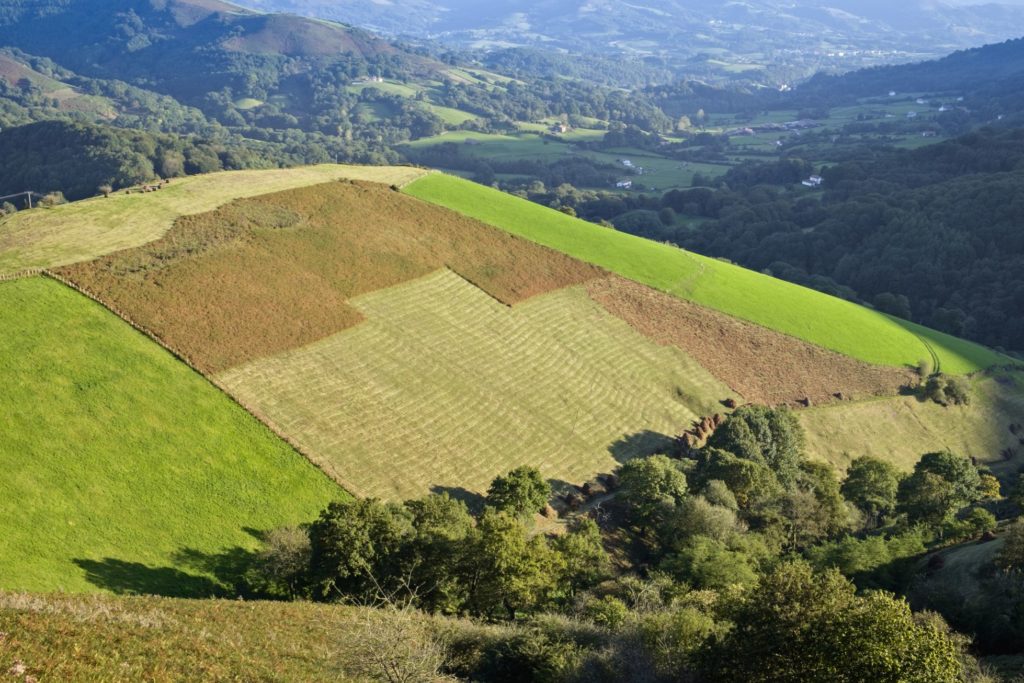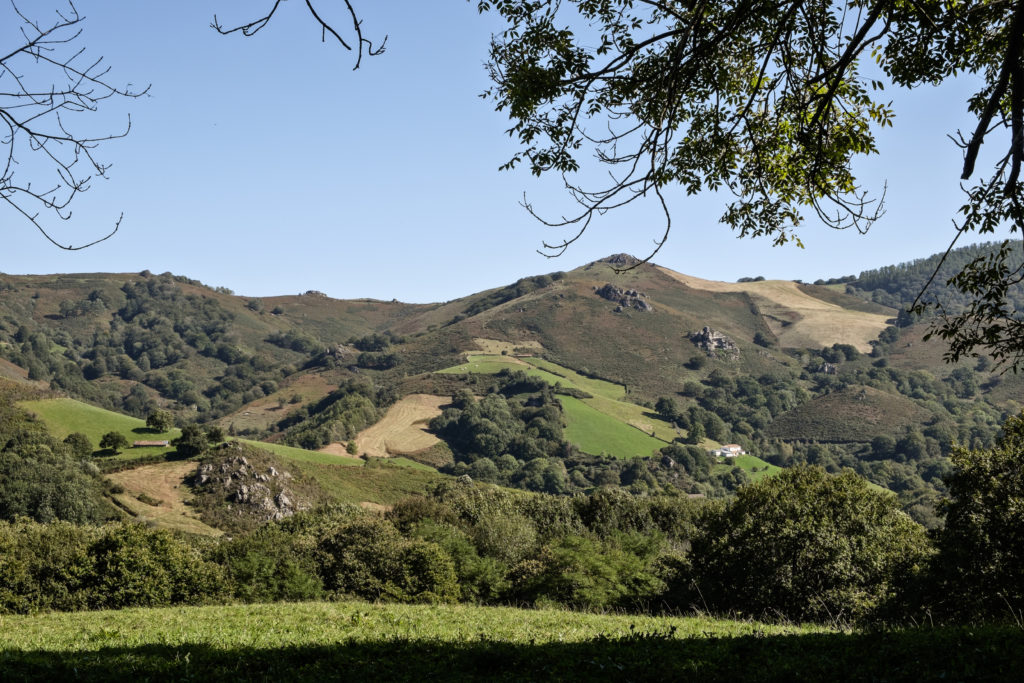Diachronic analysis of the biotic landscape and land use in the upper Baztan valley, and suggestions for its sustainable management
The Baztan valley is one of the best examples of a traditional, cultural landscape in the western Pyrenees. On 376 square kilometres, the valley has a rich structural complexity of natural, semi-natural and anthropogenic habitats. This structure leads to a high biological diversity. However, at the same time it is a very vulnerable landscape. The structural diversity depends on the continuity of traditional land management activities which have suffered a strong decline in recent decades.

As a result, the quality of the landscape in terms of richness and structure has declined, due to an intensification of agriculture in some and an abandonment of agricultural activity in other areas. This deterioration of quality has got effects on the socio-economic and cultural viability of the valley.

In this project, jointly managed by Paisaia European Landscape Foundation, Aranzadi Science Society and the University of the Basque Country, a MSc student evaluated and interpreted how and why the structure of the Baztan landscape has changed over the course of the last 90 years. The analysis of land use changes was based on a comparison of historical (1929) and current (2019) aerial photographs.
Based on the results of this analysis, the project develops specific suggestions for the sustainable land management of Baztan valley, which aim to promote the conservation of its environment, as well as its socio-cultural and aesthetic values. A scientific publication with the main recommendations is currently being prepared.
Our project partners are:

